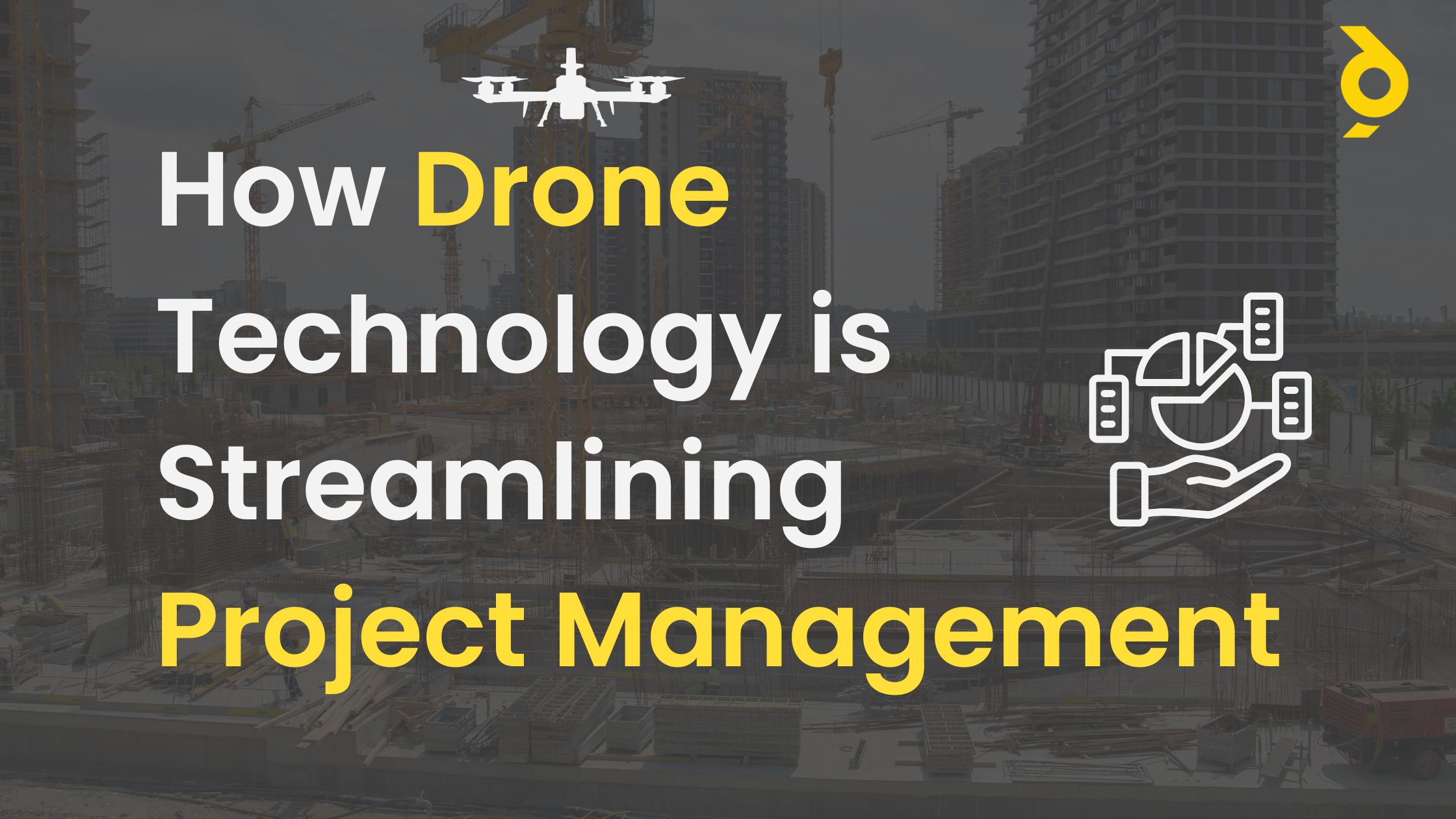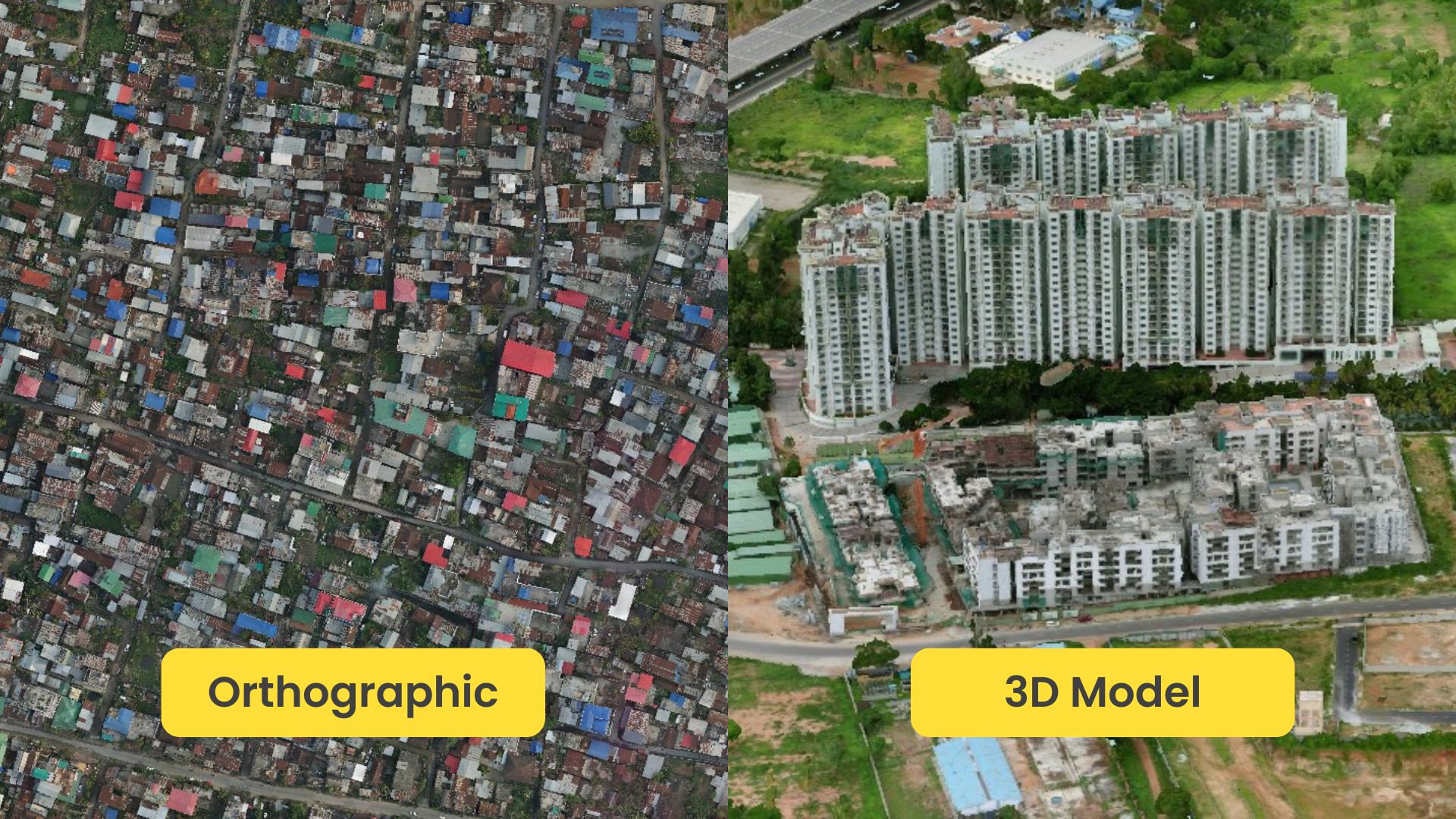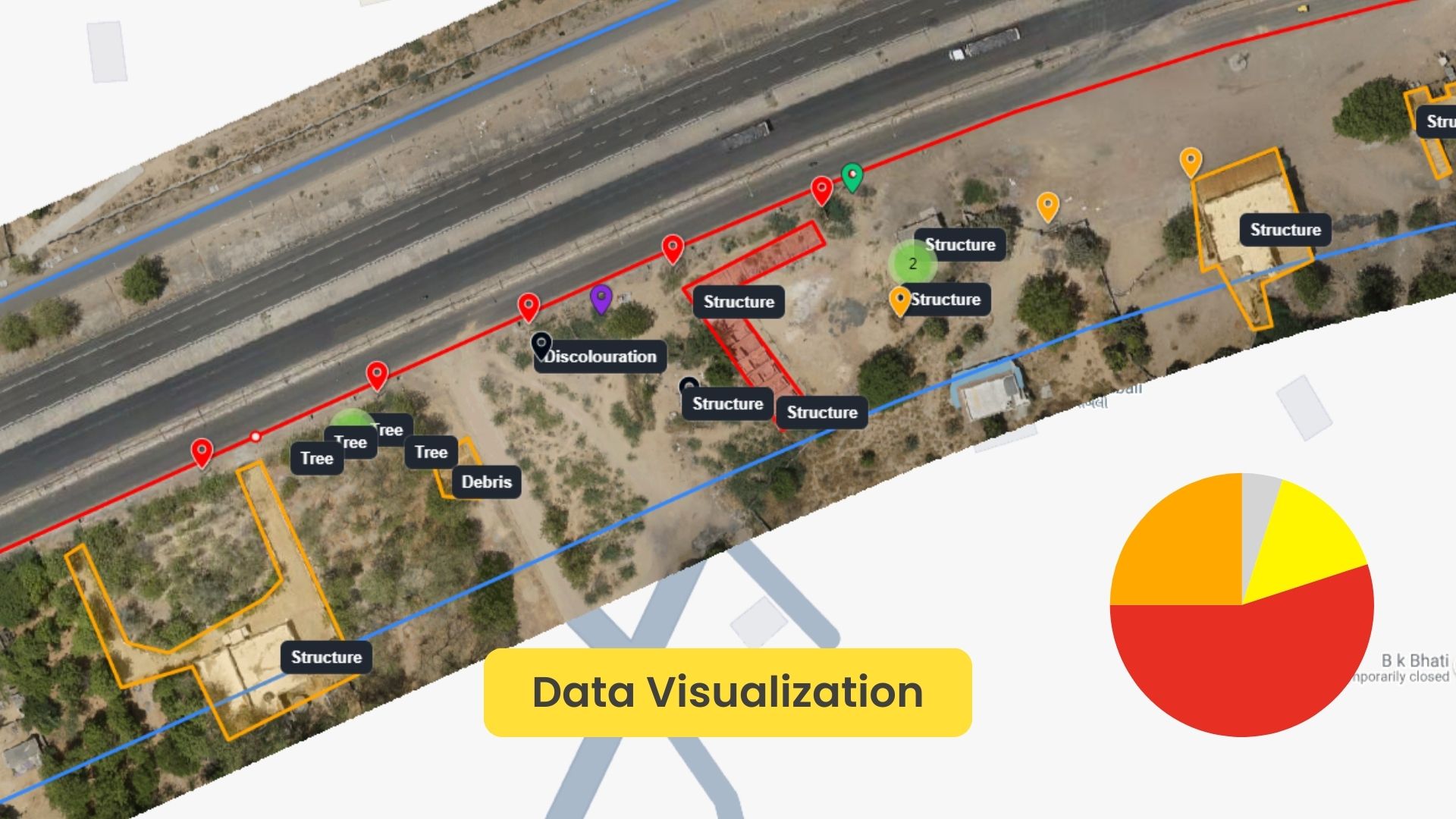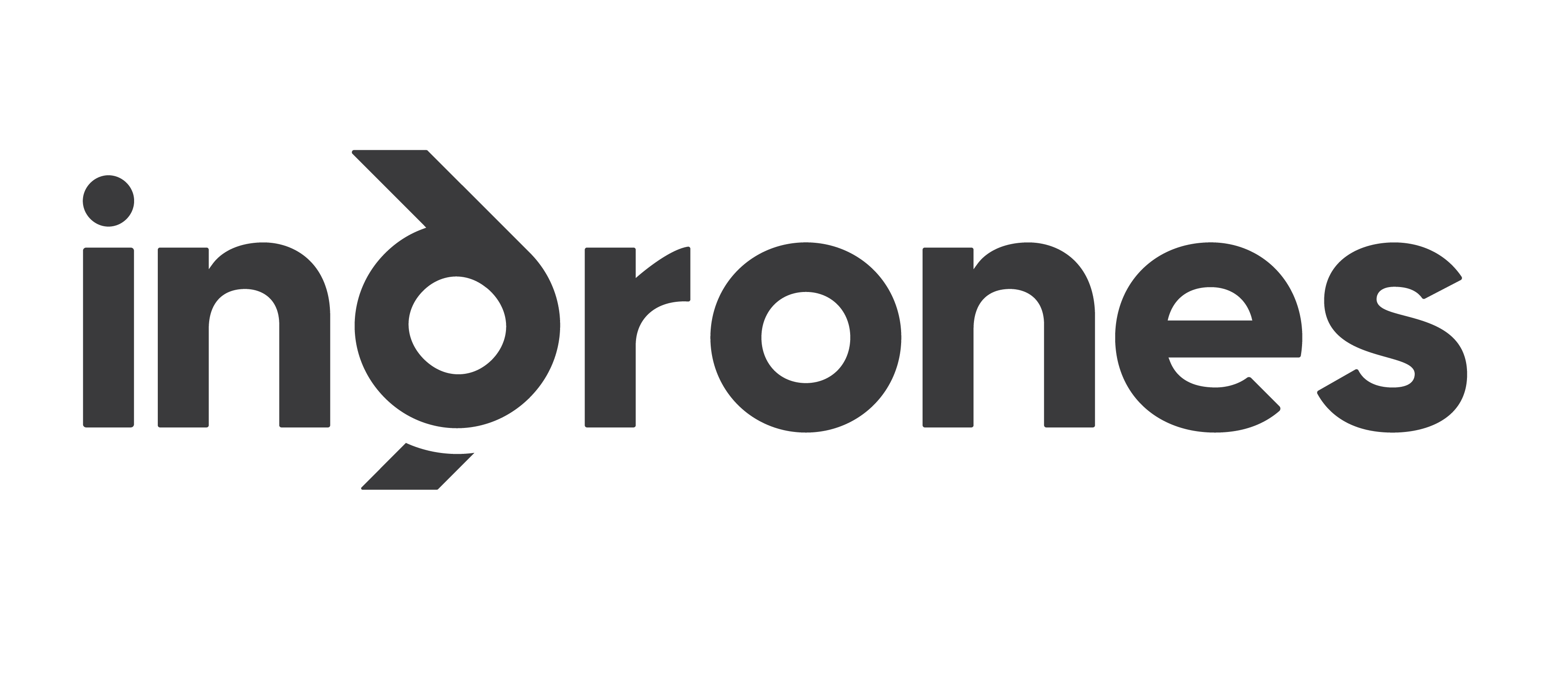Project Management | October 2024
How Drone Technology is Streamlining Project Management

Introduction
In today’s fast-paced world, project management demands efficiency, precision, and innovation. Indrones Solutions is at the forefront of this revolution, leveraging cutting-edge drone technology to transform how projects are managed. From construction to infrastructure, drones are becoming indispensable tools, offering unparalleled benefits in terms of speed, accuracy, and safety.
This blog explores the history of drones, their impact on project management, and the future trends that promise to further enhance their utility.
The Evolution of Drone Technology
The history of drones, or unmanned aerial vehicles (UAVs), extends back over a century, with the concept first emerging in the mid-1800s through pilotless aircraft ideas. In 1916, UAVs were initially developed as target drones for training purposes. As technology advanced, drones expanded their applications to include aerial photography, surveying, and environmental monitoring, highlighting their increasing role in various industries and technological progress.
In recent years, drones have expanded beyond military use to impact project management across many industries. In construction, drones with photogrammetry and LiDAR collect precise data, track progress, and create 3D models that integrate with Building Information Modeling (BIM). Infrastructure projects benefit from drone inspections of hard-to-reach areas, enhancing safety.
In agriculture, drones assist in crop monitoring and precision farming, while in real estate and urban planning, they provide aerial views and detailed maps for site selection and marketing. Drones also play a vital role in environmental monitoring, offering real-time data for better decision-making. This integration improves efficiency, accuracy, and safety across various sectors.
Key Drivers of Efficiency in Project Management
Efficiency in project management is essential for ensuring that projects are completed on time, within budget, and to the desired quality standards. By focusing on key drivers, project managers can significantly improve outcomes. Here are the top five factors that drive efficiency in project management:
Clear Objectives and Goals: Defining clear, achievable objectives and goals at the outset ensures that everyone involved understands the project’s purpose and desired outcomes. This clarity helps in aligning efforts and resources effectively.
Effective Communication: Open and consistent communication among team members, stakeholders, and clients is vital. It ensures that everyone is on the same page, reduces misunderstandings, and facilitates quick resolution of issues.
Robust Planning and Scheduling: Detailed planning and realistic scheduling are essential for managing time and resources efficiently. This includes setting milestones, deadlines, and allocating tasks based on team members’ strengths and availability.
Resource Management: Efficient allocation and utilization of resources, including personnel, equipment, and materials, are critical. This involves monitoring resource usage, avoiding bottlenecks, and ensuring that resources are available when needed.
Risk Management: Identifying potential risks early and developing mitigation strategies can prevent delays and cost overruns. Regular risk assessments and contingency planning are key components of effective risk management.
Other contributors to project management efficiency include the use of technology, continuous monitoring and evaluation, team collaboration and motivation, stakeholder engagement, and quality control. These factors collectively ensure that projects are completed on time, within budget, and to the desired quality standards.
Drone Applications in Project Management
Drones offer diverse applications in project management, enhancing efficiency, precision, and effectiveness. They streamline operations, improve data accuracy, and reduce manual labor, enabling better decision-making. Their versatility spans surveying, progress tracking, inspections, resource management, and environmental monitoring, transforming project execution.
Here’s a look at how drones are making a significant impact on project management:
Site Surveys and Mapping: Drones can quickly survey large areas, creating detailed topographic maps and 3D models. This capability is particularly useful in the planning and design phases of construction projects, where accurate site data is crucial.
Progress Tracking: Regular drone flights can capture the progress of a project, providing visual documentation that can be compared against project timelines. This helps in tracking milestones and ensuring that the project is on schedule.
Inspection and Maintenance: Drones equipped with high-resolution cameras and sensors can inspect structures such as bridges, towers, and pipelines. They can detect issues such as cracks, corrosion, or leaks, allowing for timely maintenance and repairs.
Resource Management: Drones can monitor the movement and usage of equipment and materials on-site. This helps in optimizing resource allocation and reducing the likelihood of theft or misplacement.
Stakeholder Communication: The data and images captured by drones can be easily shared with stakeholders, improving communication and collaboration. This ensures that everyone involved in the project is on the same page and can make informed decisions.
Improvements in Project Management Through Drone Integration
The integration of drones into project management has brought about numerous advancements. Accuracy and Precision have improved, as drones provide highly accurate data, minimizing errors and rework, especially during the planning and design phases. Decision-making has also been enhanced, with real-time data enabling quick, informed responses to potential issues, helping projects stay on track.
Drones have contributed to improved safety by reducing the need for workers to enter hazardous areas, ensuring thorough inspections, and boosting site safety. Additionally, drones offer cost savings by lowering manual labor requirements for tasks like surveying and inspections, while also optimizing resource allocation.
Furthermore, they facilitate better communication and collaboration, as the data and visuals they capture can be easily shared with stakeholders, ensuring everyone is aligned. Finally, drones help accelerate project completion by streamlining processes such as surveying, inspections, and tracking progress, reducing delays and driving efficiency in large-scale projects.
Indrones: Comprehensive End-to-End Drone Solutions for Project Management
Indrones Solutions is streamlining project management with its comprehensive, end-to-end drone solutions. By manufacturing state-of-the-art drones and developing an advanced software suite, Indrones ensures that every aspect of data collection, processing, analysis, visualization, and delivery is seamlessly integrated to bolster project efficiency and effectiveness.
Indrones offers high-performance drones, designed to capture precise and high-resolution data quickly and efficiently. These drones are equipped with advanced sensors and cameras, enabling them to perform detailed site surveys, inspections, and progress tracking with unparalleled accuracy.
To complement its hardware, Indrones has developed the Eigenspace Suite, a powerful software platform that covers the entire data lifecycle. The Eigenspace Suite is designed to handle the complexities of data processing, analysis, visualization, and delivery, ensuring that project managers have access to actionable insights at every stage.
Data Processing: The Eigenspace Suite automates the processing of raw data collected by drones, transforming it into usable formats. This includes generating detailed topographic maps, 3D models, and Orthomosaics, which are essential for accurate planning and design.

Figure 1: Data Processing
Data Analysis: With advanced analytical tools, the Eigenspace Suite enables in-depth analysis of the processed data. Project managers can identify trends, detect anomalies, and assess project progress with precision. This analytical capability helps in making data-driven decisions and optimizing project workflows.
Data Visualization: The suite offers robust visualization tools that present data in intuitive and interactive formats. Data can be organized and categorized to identify patterns, enabling more informed decision-making. Through visual representation, this information offers a clear and detailed overview of the project, improving stakeholder understanding and enhancing communication across all involved parties.

Figure 2: Data Visualization on Eigenspace Suite
Data Delivery: The Eigenspace Suite ensures that the processed and analyzed data is easily accessible and shareable. With secure cloud storage and collaboration features, project teams can access the latest data from anywhere, ensuring that everyone is on the same page and can make informed decisions promptly.
In summary, Indrones Solutions offers a complete package that empowers project managers with the tools they need to succeed. From efficient data collection to advanced data processing and insightful analysis, Indrones ensures that every aspect of project management is optimized for success. Embrace the future of project management with Indrones and experience the transformative power of UAV (Unmanned Aerial Vehicle).
Emerging Trends and Future Potential of Drones in Project Management
The use of drones in project management is set to evolve with several promising trends on the horizon. Integration of AI and machine learning will enhance data analysis and predictive capabilities, improving decision-making and overall project efficiency. Autonomous drones, requiring minimal human intervention, will increase operational efficiency and reduce costs.
Advances in battery life and flight range will enable drones to cover larger areas for extended durations. Additionally, drones will be increasingly integrated with technologies like IoT, BIM, and GIS, offering a more connected and holistic approach to project management.
Conclusion
Drones are streamlining project management by providing accurate data, real-time monitoring, and enhanced safety. Indrones Solutions is at the forefront of this transformation, leveraging cutting-edge drone fleet management to drive efficiency and innovation in project management. As technology continues to advance, the possibilities for drones in AEC & project management are endless, promising a future where projects are completed faster, safer, and more cost-effectively.
Embrace the future of project management with drone integration and experience the benefits of remote sensing and the geospatial world. Feel free to reach out to us if you need assistance.

